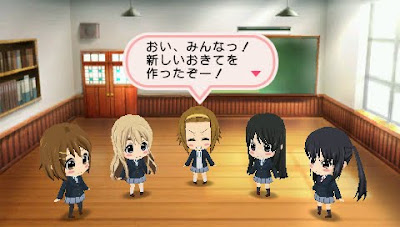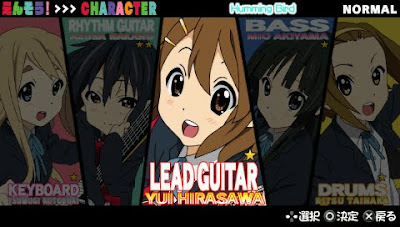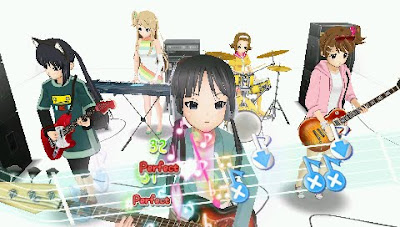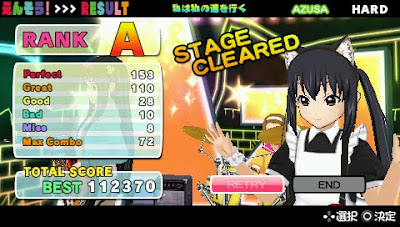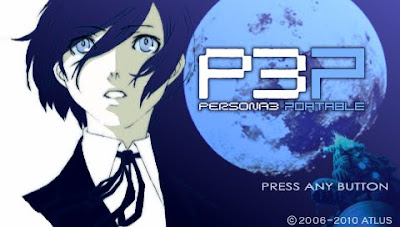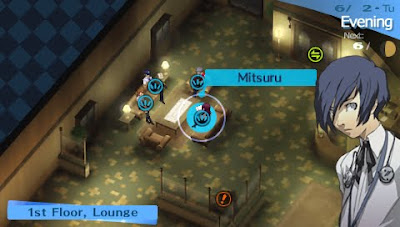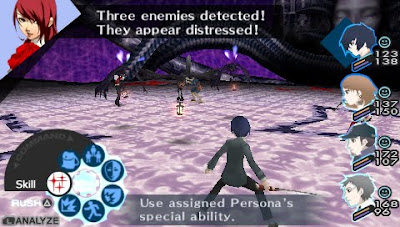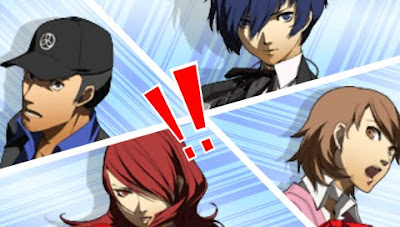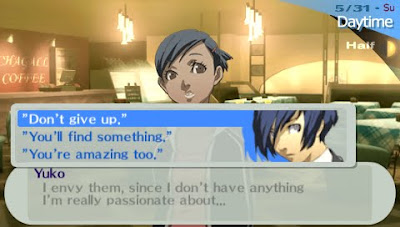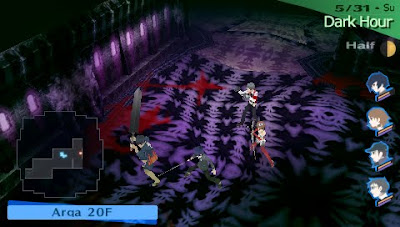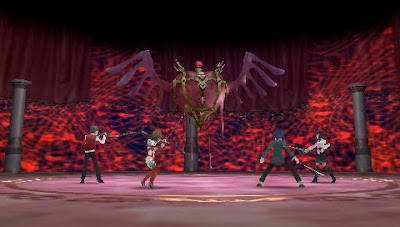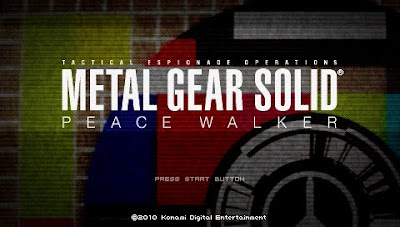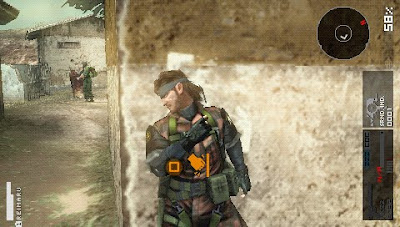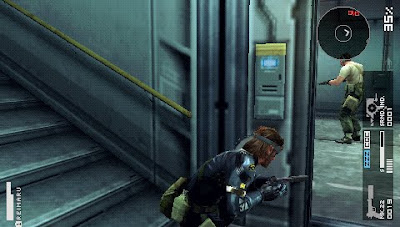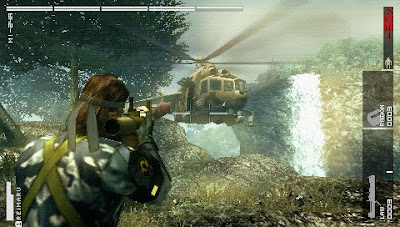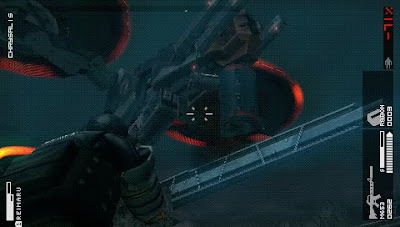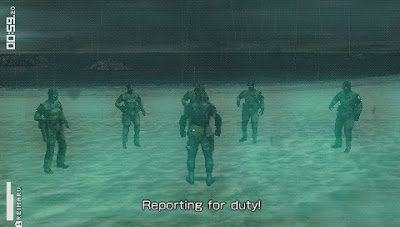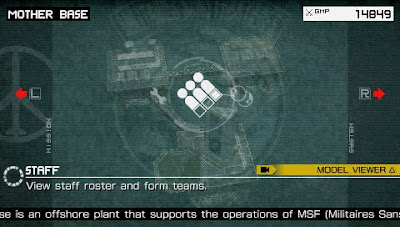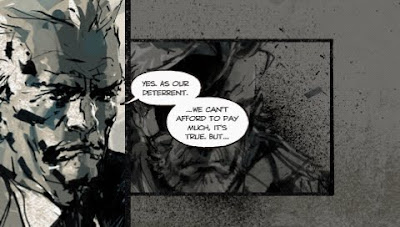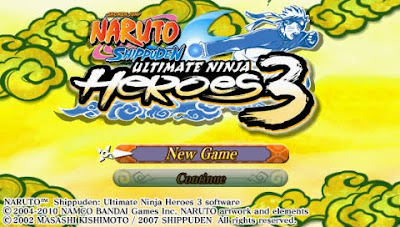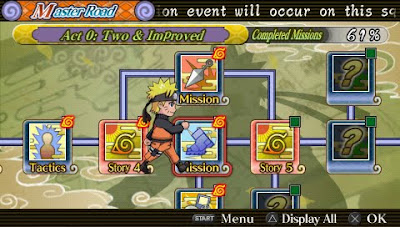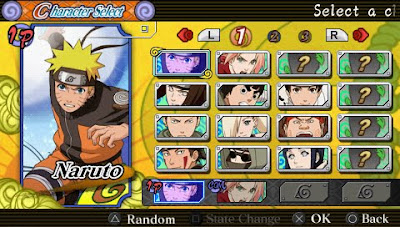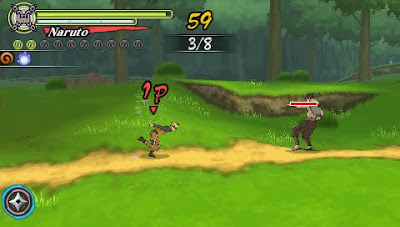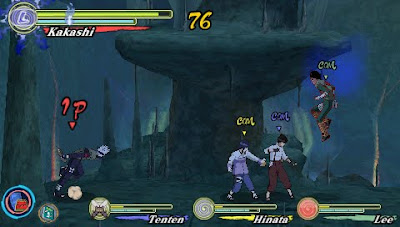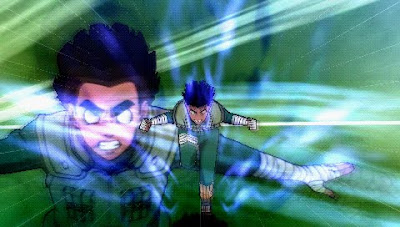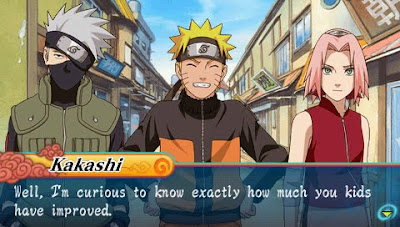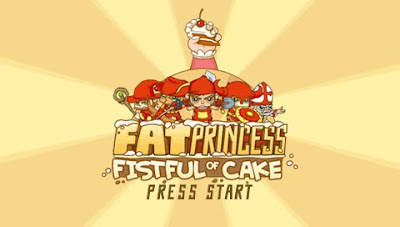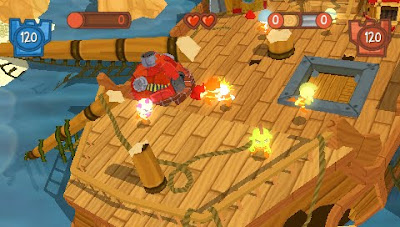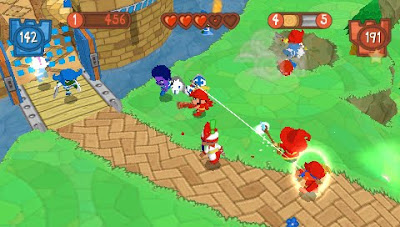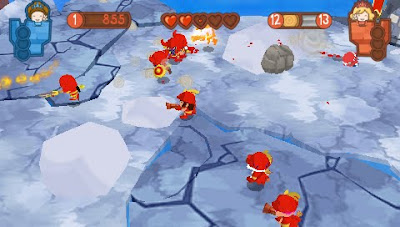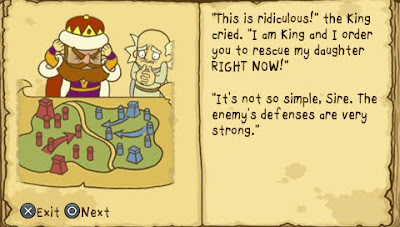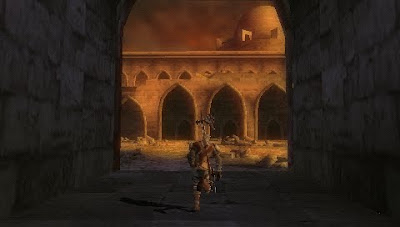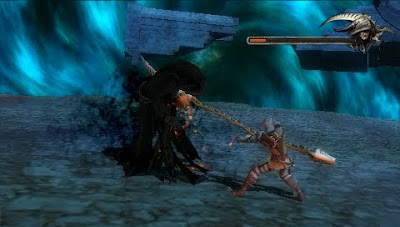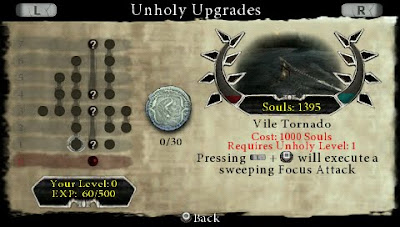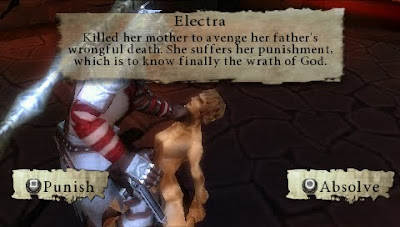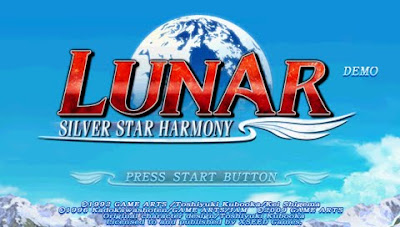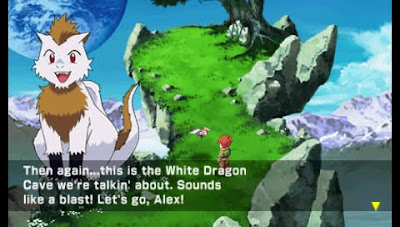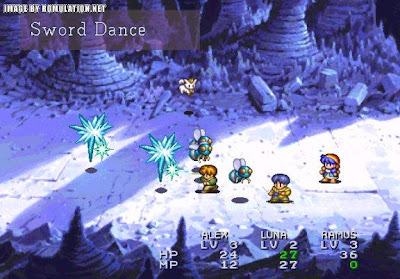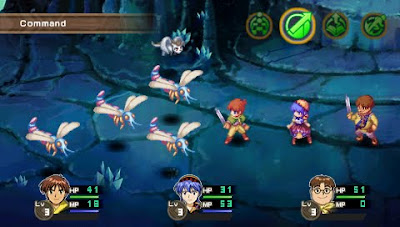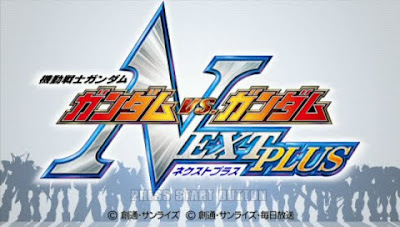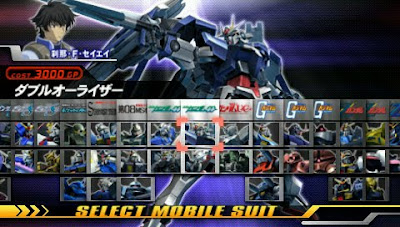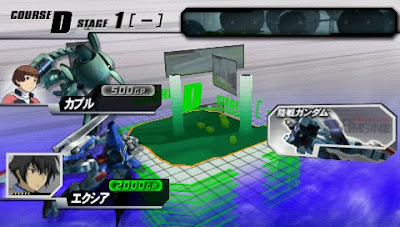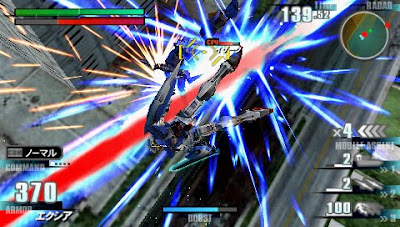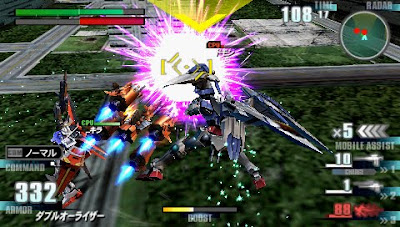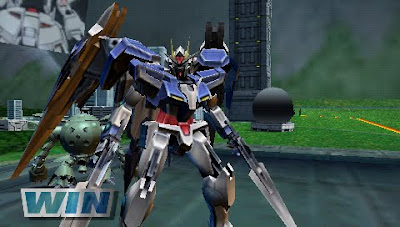Sega just released the PSP game of the hit Anime series K-On!, will the game promises a great music rhythm gameplay or will it only pleases the fans of the series?
Archive for the ‘Review’ Category
K-On! Houkago Live Review
Persona 3 Portable Review
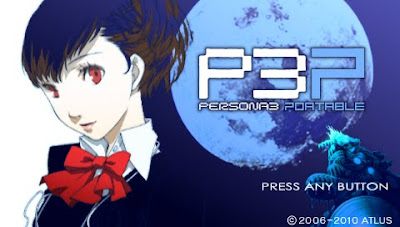
Metal Gear Solid Peace Walker Game Review
Hideo Kojima finally release a new chapter for his epic masterpiece franchise Metal Gear with Metal Gear Solid: Peace Walker, and it is only available for the PlayStation Portable, promising better gameplay and more action for the portable console. will this proves that small consoles can pack a big game similar to next-gen consoles?
Naruto Shippuden Ultimate Ninja Heroes 3 Game Review
Fans of the hit anime Naruto will surely get the newest game Naruto Shippuden Ultimate Ninja Heroes 3 from CyberConnect2. The Japanese developer was already developing previous Naruto games since the PlayStation 2, and this is their 3rd Naruto fighting game for the PlayStation Portable. But will this fighting game deserves to be the on the blockbuster list, or should it be cloak into the shadows and be ignored, let’s find out…
Fat Princess Fistful of Cake Game Review
The PlayStation Network’s (PSN) widely recognizable game, Fat Princess, has just arrived on the portable console with a longer title: Fat Princess Fistful of Cake. With more maps and gaming modes and more humor, will the portable version gets the same excitement as from the console version?
For those who haven’t played the original Fat Princess, here’s how the game works: in the default game mode (Rescue the Princess), the game revolves on storming the enemy’s castle and rescuing the princess, but watch out, as the opposing force is also attempting to rescue their princess that is imprisoned on your castle. To slow the enemy’s pace on rescuing their princess, you feed the princess with cakes scattered around the game map, the more you feed, the fatter the princess gets, making her larger and more difficult for the enemy to carry princess out of your castle.
You can get to select five different classes (Warrior, Mage, Priest, Ranger and Worker) by picking up a hat that is generated by the hat machine inside your castle. You can upgrade your castle to fortify its gates, create catapults so your troops can infiltrate the enemy castle faster and even improving your hat machines to upgrade your character classes like rangers using muskets, warriors using spears and so on.
Aside from the Rescue the Princess mode, there are other modes like Demolition, where you attempt to plant a giant bomb on the enemy castle and set it to explode before the enemy does that to your castle and many more.
The portable version is almost the same as with the console version, but instead of 32 players, the games is limited to 24 players, and only allow 8 real players (the rest are controlled by the computer), but what’s better on the PSP port is that it’s 50% bigger than the original, with more maps and modes, and also a single player campaign that composes of 15 chapters which at the same time gives you an introduction to Fat Princess and it’s basic gameplay. The story is introduced in a story book-like presentation with added internet humor to make the presentation funny and entertaining.
The single player mode will give you a few hours of pure mayhem, but the best asset on this game is the multiplayer mode, you can select from Ad-Hoc to Infrastructure to join multiplayer matches, sadly it’s only limited to 8 players and rest will be AI-controlled. The lack of voice chat from the original is a bit letdown as this will be difficult to coordinate with your teammates online.
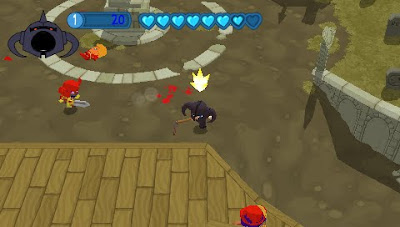
Music and the sound effects are okay, with the quirky and crazy voice overs still retain the humor, the music tracks are catchy too.
Fat Princess Fistful of Cake is one great game, as it also stays faithful to the original game with more added content. The single player mode may be short, one of it’s best feature is its multiplayer capability, a great choice to play with your friends, in short, it’s an all-in-one package. So if you are looking for a new kind of game for you and your friends, this one is for you.
Game Rating: 8 out of 10
Fat Princess: Fistful of Cake was developed by SuperVillain Studios and published by Sony Computer Entertainment America
Dante’s Inferno PSP Game Review
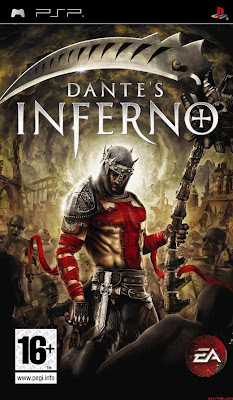
Electronic Arts (EA) and Visceral Games just unleashed the PlayStation 3 game Dante’s Inferno to the PlayStation Portable system. Will the portable version be a hit for the on-the-go gamers or will it fail to meet the same intense action?
Dante’s Inferno is inspired on the Inferno, the first book from Dante Alighieri’s epic poem, “The Divine Comedy”. The story revolves on Dante, a knight from the Third Crusades, who tries to rescue his murdered wife’s soul, Beatrice from Lucifer, who tries to make her as his bride so he can escape from Hell and tries to take over the Throne of God. and Dante has to pursuit Lucifer and take him down, but he has to face Lucifer’s minions in the nine Circles of Hell and also his wicked past before the can reclaim his beloved wife.
At the first glance, you would probably compare Dante’s Inferno to another popular action game (ehem* God of War anyone?) although it looks and feels like God of War, there are still some original stuff on it. One of these was having a unique character development system called the Absolve or Punish System, where you can choose to develop your Holy or Unholy skills depending on how you eliminate your opponents. You can also get exp points for your skills by punishing or absolving lost souls such as Pontious Pilate, Elektra and other historical figures that appeared in The Divine Comedy poem.
The controls are somewhat similar to God of War, so players who played GoW will have to trouble playing Dante’s Inferno. The combat is as usual, intense similar to GoW,which can make the game a bit unoriginal.
The Graphics is still good, but not that very impressive, what makes it up for it are the cut scenes, instead of in-game scene, they take the cutscenes from the PS3 version, making it more entertaining to watch, and they manage to fit almost most of the important scenes without sacrificing the quality.
Sounds are mediocre, the soundtrack is very few and feels as if they are all the same tracks. Sound effects is still good, from the sound of the scythe swinging to the screech of the damned souls. Voice acting is pretty impressive, as well as the script, it feels as if you are watching a Hollywood movie.
Some of the major drawbacks is the frequent loading sequences, every time you enter a cutscene, the game loads for a couple of seconds, and you’ll encounter this very often. Another is the lack of replay value, after completing the game (which can be done in around 5-6 hours), you’ll be entertained with a comic book feature and a hard mode, but it would been nice if they had some more unlockables like a challenge mode feature and new weapons and costumes.
Overall,for a portable version of Dante’s Inferno, the game is still good if you want more intense action games and if you want to experience how the gameplay of the PS3 version would feel like, or if you just want to play a God of War-like game. Although the game was good, it still can’t beat the incredible experience the portable version of God of War was able to provide. But you still shouldn’t miss out this game, with an epic storyline and great gameplay, despite having the frequent loading issues, it’s still worth to be added in your gaming collection.
Game Rating: 8 out of 10
Dante’s Inferno was published by Electronic Arts and developed by Visceral Games.
Lunar Silver Star Harmony Game Review
The Lunar series has another remake on the classic RPG, now titled Lunar Silver Star Harmony,
the game is ported to the PSP with newly improved graphics, gameplay and more secret stuffs.
The very first Lunar was created in the Sega CD on 1993, then a PlayStation remake of the game was ported on 1999, will the 2nd remake of Lunar bring the players back into the old school style of RPG?
*The Demo version of Lunar Silver Star Harmony was used for the review
The Story focuses on the role of Alex, a young boy from a small town who dreams of becoming an adventurer like his idol, Dyne. He is joined by a menagerie of playable and supporting characters who aid him on his quest, including Luna, his childhood friend and sweetheart; Nall, a winged, white, cat-like creature with an uncertain past; and Ramus, son of the town mayor with dreams of becoming a rich businessman.
The graphics of the game has dramatically changed, the character sprites and animation are now more fluid, the background design has also improved too. Although the anime cut-scene is still from the first remake from the PlayStation.
Voice acting is also good, but the original cast from the PlayStation remake was changed bringing new voices to the main characters, the music is still faithful to the original with some improvements.
The gameplay is still the same with some slight changes, one of them is the introduction of a limit break style of attack where a meter constantly increases every turn where you can unleash a powerful attack to your enemies. Another addition is the cut-scene on the character skill, giving them a dramatic presentation to any battle. One annoying problem here is whenever you move to a new location, the background music fades down and then goes back when you are in a new location, this can be annoying when moving to different areas, hope they change this in the retail version.
After finishing the demo version, you’ll be able to save your clear data and you can import it to the retail (full) version of the game. What’s inside the clear data is still unknown.
Overall the game is still worth to play despite having the simple turn-based gameplay. If you are a fan of turn based RPGs or you already played the original and the remake, this game is still worth your time.
Game Rating: 7 out of 10
Lunar Silver Star Harmony was developed by Game Arts and published by Xseed Games
Gundam vs Gundam Next Plus Game Review
Gundam fans rejoice! The sequel to the hit Gundam vs Gundam arcade game is now here.
Gundam vs Gundam Next Plus, the latest from the Gundam vs series features new mobile suits, gameplay and game modes, but does this beat the original?
For those who are new to the Gundam vs Gundam game, it is a co-op fighting game based on popular Gundam series (from the original up to the upcoming series) and was originally ported on the arcades in Japan. With it’s popularity, it was ported into the PlayStation Portable.
The gameplay is still the with same with the original: each team starts with 6000 points and every mobile suit has it’s own class specification; 1000, 2000, 3000 (1000 being the weakest and 3000 the strongest) whenever your mobile suit is destroyed, it will deplete your points depending on the class, even from your teammate’s mobile suit (so when your mobile suit which is a 3000 class gets destroyed, 3000 will be deducted from your total points) and when your points reaches zero, you lose.
You can call out mobile suit support for a limited number of times to aid you in battle and it has three commands: offense, defense and support.
Although the gameplay mechanics is still the same with the original, there are some couple of changes, gone was the G-Crossover; the ability to summon a devastating attack on your opponents by teaming up with your partner and calling out a massive weapon/mobile armor in the field.
With the G-Crossover gone, they’ve added a new feature: the Next Dash. This feature gives you the ability to cancel your move instantly when dashing, creating new strategies when fighting. The Next Dash is a welcome feature as you can now make combos easier and able to dodge attacks quickly, plus you can now block manual by pressing down and up, the automatic block was now removed in favor for the manual block (this is only applicable to mobile suits equipped with shields).
There are more than sixty (yes sixty folks!) mobile suits available and some of them are hidden characters (from the original 0079 series up to the upcoming Gundam Unicorn). Each of the mobile suits have their own unique specialty (from the Virtue Gundam’s destructive range attacks to Epyon Gundam’s melee only attacks)
Game modes that are included in GvGNP were the traditional Arcade and Versus mode with more courses to choose (from easy to hard) and now you can tag along a friend in Arcade via multiplayer. Every courses now has a mid and/or end boss battles that involves fighting against giant mobile armors (aka robot giant bosses that’s almost the size of the whole battlefield) New in the game modes was the mission-based Next Plus mode, where you can tweak your mobile suit’s stats and participate in missions (more of a campaign mode) customized mobile suits cannot be played on the Arcade and Versus mode.
Game AI is far more smarter than ever, enemies can now quickly dodge your range attack consecutive times (even on easy mode setting) and now able to land quick combos on you and depleting your life bar by half.
The controls are very easy to remember, as most of the basic controls are accessible within reach and with a single press of a button, and controlling your character is now much easier thanks to the new Next Dash system, and you can use the directional button for moving your characters instead of the analog, and the controls are fully customizable.
Soundtracks are based from the opening songs of the Gundam series which makes you relive the moments in the some of the famous scene of the series while playing, and it’s a big plus especially for Gundam fanatics and Seiyus (Japanese voice actors) of every main hero and villain of the included series can be heard in the game, a double bonus for the fans again.
For the graphics, the mobile suits are quite detailed considering this was scaled down from the arcade version, the animations are fluid, even on an all-out heated battle. The battlefields are somewhat bland and almost the same with the other fields but still bearable.
Overall, GvGNP is still a great game, it even surpasses the original game. Although it would be nice if they added some more game modes (like defend the mobile armor or 4-player individual deathmatch) and having a customizable skills would be great to give more diversity to the game. On the bright side, the Next Plus mode is a great addition (if you can read Japanese) as this can add more gaming time, and with more unlockable contents (mobile suits,courses, movies, images and audio clips) this will give you more reason to play even more.
This game is recommended for Gundam fans and even Armored Core fans if you are looking for a quick mecha battle without tweaking or customizing your mechs before a battle.
Game Rating: 8 out of 10
Gundam vs Gundam Next Plus was developed by Capcom and published by Namco Bandai Games for the PlayStation Portable







